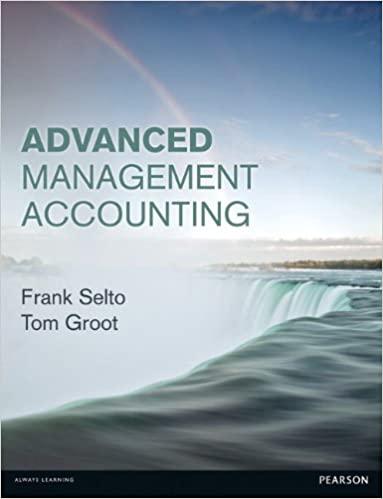Performance analysis In January you interviewed the Vice-President of Cargo Operations for GreenJet Airlines, Carla Scott. The
Question:
Performance analysis In January you interviewed the Vice-President of Cargo Operations for GreenJet Airlines, Carla Scott. The company’s SLAs with its ground service providers sets penalties for excessive delays at the provider’s airport site, but GreenJet and its providers regularly argued about responsibility for delays. She has recently installed experimental incentives for service providers in North and South America to reduce the number of ‘controllable delays’. A controllable delay is a delay of an aircraft’s on-time departure from an airport that was caused by a service error that could have been prevented by better planning and execution by the service provider. An uncontrollable delay might be caused by sudden changes in weather or events that caused a late arrival.
Explain whether it appears that her experiment over the past year justifies extending the incentive program to global cargo operations.
Something I am experimenting with in the Americas’ region is a ‘ground time performance’
program, which is the measurement and evaluation of the ground operations, when the flight arrives and departs, and during that process, how ground service performed. Did they do the job properly and mostly geared to departing on time? The key criterion is ‘controllable delays.’
Now in aviation there are many types of delays that are identified by IATA; it’s used in the entire airline industry. We separated the delays into two different categories. We have decided some are controllable, and some are not controllable by ground operations. For example, an air traffic control delay is not controllable; an aircraft comes in late and so departs late. There’s nothing you can do. If it’s a maintenance issue, nothing you can do. However, if a service provider’s equipment breaks down, say the loader is out of service, then that’s a controllable delay because their responsibility is to be operationally ready. We established what the controllable delays are, and we found out that in the past year . . . we started this program a year ago in February . . . we started the program with a lot of controllable delays, and the graph that I am showing you, that started with a lot of uncontrollable delays, declined very steeply afterward.

The reason was, there is another component. That was a bonus program in the Americas, which was tied into ground time. So now, all of a sudden, everybody is sensitive to ground time. I’ve been here for seven years, and on-time performance reports have meant nothing.
There was no action, just a bunch of delays. If you can’t control, there is nothing you can do.
But if you focus on only the controllable delays and give people a stake in the outcome, that program is on their minds all the time. Everybody’s thinking about it all the time. In December we had only 15 controllable delays and 94% ground time performance over the whole region of the Americas, and that is very, very good. I think we should deploy this incentive program worldwide. What do you think?
Step by Step Answer:





